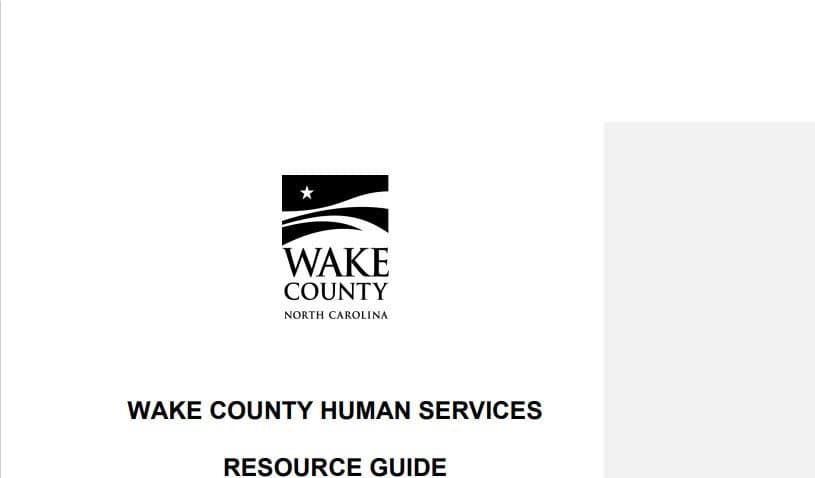Vehicle Hits Pole in South Raleigh, Nearly 1,000 Lose Power
A vehicle hydroplaned in standing water and struck a utility pole at Garner and Granton roads on November 9, causing an outage that left nearly 1,000 customers in south Raleigh without power until crews restored service the same day. The crash, which did not seriously injure the driver, highlights infrastructure vulnerability during heavy rain and underscores the value of following Duke Energy outage maps for real time restoration information.

On November 9 a vehicle hydroplaned in standing water and struck a utility pole at the intersection of Garner and Granton roads in south Raleigh, triggering an outage that affected nearly 1,000 customers. Raleigh police said the driver was not seriously injured. Utility crews worked on site and service was reported restored the same day, according to a WRAL report from that date. Police did not release names in connection with the crash.
The immediate consequence for residents was an interruption to electricity service for a substantial number of households and small businesses in the area. Outages of this scale can disrupt heating and cooling systems, refrigeration for food businesses and medical equipment in homes. Local officials and utility representatives advised residents to monitor Duke Energy outage maps for status updates and estimated restoration times, a tool many customers use to plan around service interruptions.
Beyond the immediate disruption, the incident points to two recurring vulnerabilities for Wake County infrastructure. First, heavy rainfall and standing water on roadways increase the risk of vehicle crashes that can damage utility assets. Second, overhead power lines and roadside poles remain exposed to secondary risks from traffic accidents. Restoring service requires coordinated work crews, traffic control and sometimes replacement of damaged poles or transformers, all of which add to operational costs and recovery time.
Those recovery costs and the frequency of weather related incidents influence utility planning and local policy choices. While this outage was resolved the same day, repeated events contribute to longer term expenditures for repair and resilience measures. Investments could include relocating vulnerable lines, burying utilities in critical corridors, targeted stormwater management to reduce standing water at key intersections and stronger traffic safety measures on flood prone stretches. Each option carries fiscal trade offs that would be considered in municipal planning and utility capital budgets.
For residents the practical takeaway is preparedness and information. Monitoring Duke Energy outage maps provides the quickest public estimate of restoration. Households that rely on power for medical devices or business continuity should have contingency plans and backup power options in place. At a community level the crash is a reminder of how weather, roadway conditions and infrastructure interact, and how single incidents can generate concentrated local effects. Policymakers and planners in Wake County may use such events to reassess priorities for roadway drainage, public safety and utility resilience as part of broader efforts to limit outage risk over the long term.


